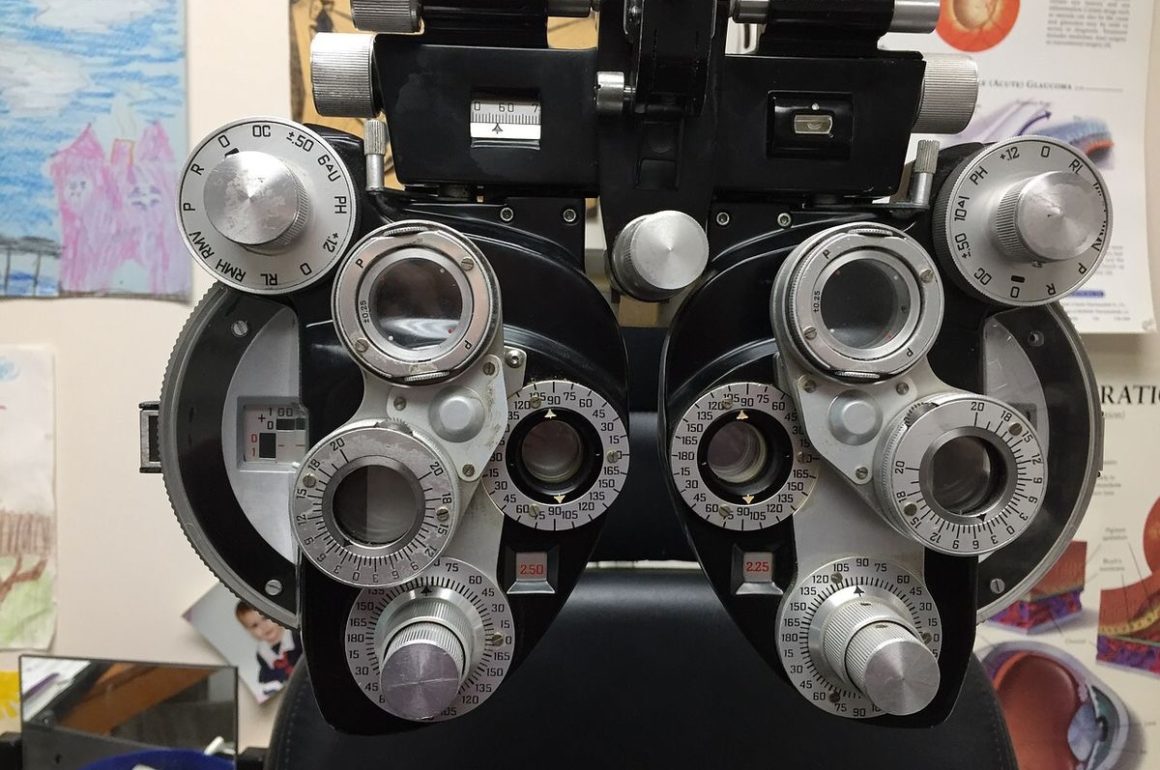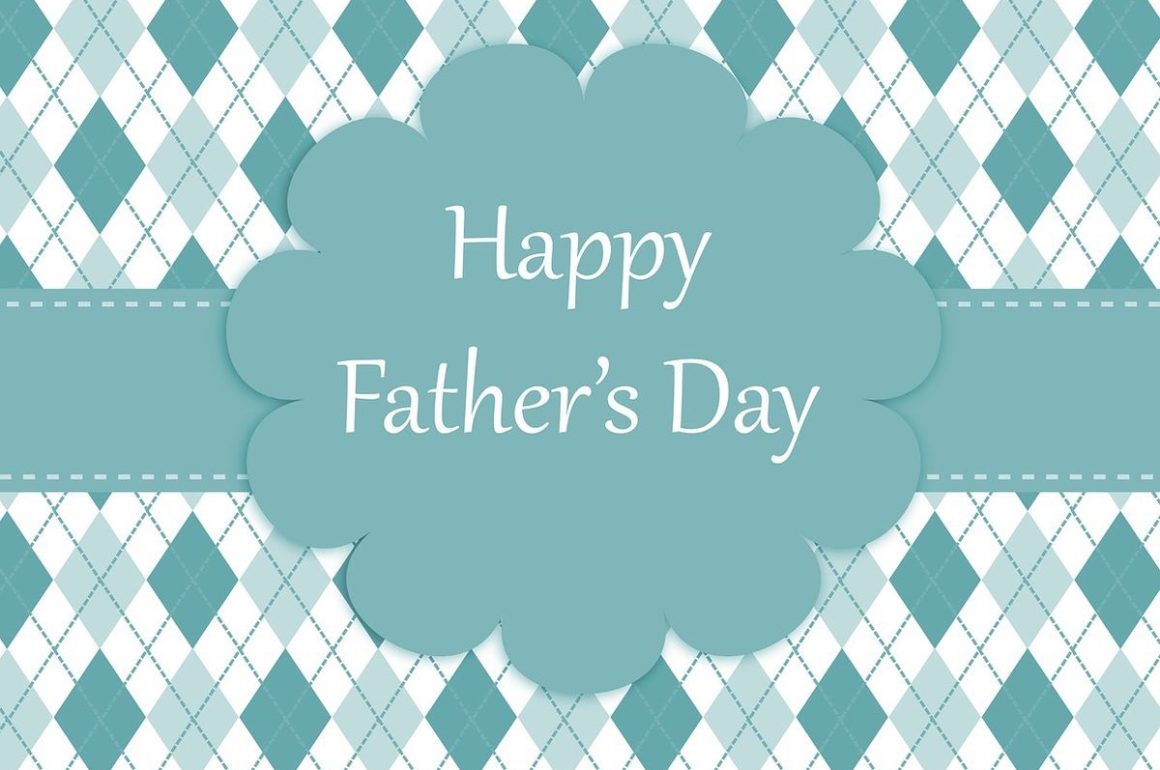Travel with Gabriella has always had its limitations, but we’ve gotten more adventurous over the past few years. Last week we took perhaps our boldest step yet, a seven-night cruise.
It’s been three years now since our inaugural cruise, two nights up the Atlantic seaboard and back. That trip was simple, with no ports to navigate and just enough time on-board to reassure ourselves that our daughter could handle the motion.
This was a bolder step. Rather than departing from nearby Bayonne, the Norwegian Escape left from Midtown Manhattan. The ship stopped in four ports, only one of which used “tenders” that prevented Gabriella from disembarking. And the longer duration meant we had to rethink her care. Her huge pink duffel bag overflowed with her supplies.
Also, we learned from our prior experience, when bending over the low sofa-bed resulted in backaches, and we arranged for a hospital bed in our cabin. This offered not only the ability to raise and lower, but to elevate our daughter’s head at night to reduce the risk of gastric reflux.
One thing I looked forward to most was getting Gabriella in the pool. This remains a favorite activity, but we now feel much more secure using an accessible lift to transfer her from her wheelchair into the water. The ship provided such a mechanism, so on our first day out of port, she and I put on our bathing suits. It was chilly, but we were able to use a heated spot in an indoor area. She loved it, and so did I. For a while.
Unfortunately, that pool was less than four feet deep, which put a strain on my back. Further, the accessibility crew that operated the lift took longer to return than expected. By the time we got out, I was glad I had scheduled my massage for that afternoon.
Another thing that made us eager for this trip was the opportunity to set sail with our travel agent, Debbie from Cruise Planners. It was her presentation several years ago on travel for people with disabilities that prompted our first cruise, and when she offered us the chance to join a couple dozen others on this ship, we were thrilled. We dined with the group, and Gabriella welcomed our new friends.
Unlike our earlier “cruise to nowhere”, this itinerary included four ports, the first two in Maine, the latter two in eastern Canada.
Portland was a charming city and the day was unseasonably warm. Lisa, Gabriella and I meandered about in the morning, setting a pattern that would recur in most of the ports when we found excellent book stores (for me) and yarn shops (for Lisa). We returned to the ship to change and feed our daughter, anticipating the afternoon excursion we would take in town with Debbie’s group. Sadly, one bus had a problem with its lift and the tour company had to cancel the outing. We were disappointed to miss the chance to see the local lighthouses, but this outcome is not unusual even for experienced travelers with disabilities.
Bar Harbor was our tender port. This meant the ship was unable to dock close enough to set up a ramp for easy access on and off. Instead, the cruise line used small boats to ferry passengers to shore, and those in wheelchairs had to stay on the Escape. Lisa and I had prepared for this, and I spent the morning on an excursion to Acadia National Park, while she did the same in the afternoon. It was a beautiful location, and we enjoyed the vibrant foliage, even if we regretted having to visit individually and without our daughter.
Between Maine and Canada, the weather changed. Both St. John and Halifax were cold and rainy, but that didn’t stop us from pulling on our ponchos and grabbing umbrellas and venturing out to enjoy both cities. As is often the case, Gabriella most loved being in motion, enjoying the vibrations on the cobblestones in St. John and the steep climbs in Halifax.
On this, our second cruise, we learned several lessons. The hospital bed made a huge difference, and our backs felt better after seven nights on the Escape than they had after two on the prior ship. We also worked with the crew to get one meal pureed for her each day, allowing her to share the tasty food we enjoyed.
Gabriella showed a strong interest in several of the evening musical performances, including a couple piano shows in bars, a first for her. While the music was loud, her noise-reducing headphones enabled her to sit and watch with a huge smile for over an hour each night.
We also benefited from watching Debbie’s group in action. My instinct was to hang back in the doorway, but in entering a bar behind them, we followed into the middle of the room.
As always, I discovered a need for patience, of which I am often in short supply. More than once, we wolfed down our meals to rush out of a quiet dining room while Gabriella complained loudly. While we experienced kindness among our fellow travelers, we remained self-conscious when she expressed her discontent. As a result, we had food delivered to our cabin several times to avoid eating in public.
Our adventure drove one other conclusion: for our next cruise, we will consider bringing along a nurse. Even in a vacation environment, the 24×7 demands of care can become overwhelming. While this would still offer the joys of cruising with our daughter, it would also allow us to share some experiences as a couple.
In the end, despite the challenges, we all enjoyed our latest Escape.









